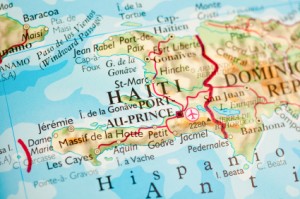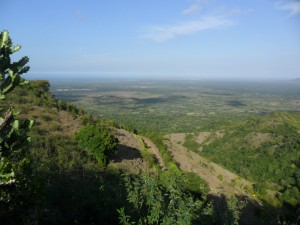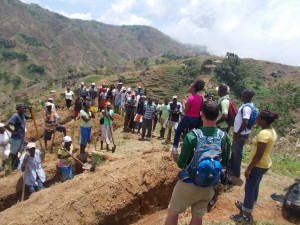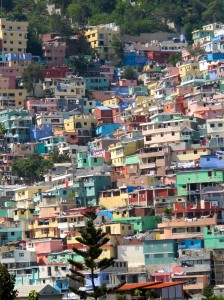 I’m realizing that one of my biggest pet peeves as of late is people asking me, “How’s Haiti?” upon learning I work there or after I return from a trip. How’s an entire country? Gee, tell me something. How’s the United States?! Of course I’m being factitious here and for sure the scale of the two countries differ greatly. However, taking a little time to actually understand the geographical, social and cultural elements of the country (among others) can greatly inform how people better direct their concern for Haitian people and their potential desire and/or attempts to ‘help’ the country.
I’m realizing that one of my biggest pet peeves as of late is people asking me, “How’s Haiti?” upon learning I work there or after I return from a trip. How’s an entire country? Gee, tell me something. How’s the United States?! Of course I’m being factitious here and for sure the scale of the two countries differ greatly. However, taking a little time to actually understand the geographical, social and cultural elements of the country (among others) can greatly inform how people better direct their concern for Haitian people and their potential desire and/or attempts to ‘help’ the country.
For one, ‘Haiti’ is not a monolith. The country is roughly the size of Maryland state and is comprised of ten departments (or regions). Each department has its respective arrondissments (or districts), communes, cities and towns. In addition, Haiti’s terrain ranges from  highly urbanized to rural, desert territories to coastal ones and the country is certainly very VERY mountainous. In fact, the kreyol word for Haiti, Ayiti, is a Taino word that means, “land of many mountains.”
highly urbanized to rural, desert territories to coastal ones and the country is certainly very VERY mountainous. In fact, the kreyol word for Haiti, Ayiti, is a Taino word that means, “land of many mountains.”
Not unlike other countries throughout the world, Haiti has also experienced significant rural to urban migration throughout its history for a host of reasons. It is no secret that this trend greatly contributed to the 300,000 death toll from the 2010 earthquake given the overpopulation of the capital and surrounding areas.
It is quite possible that people may instead be wondering, “How is the Haiti that you are engaged in and what are you doing there?” when they ask the question above.
 To that I can answer that in partnership with Community2Community (C2C), I am working with a remote mountain community in Petit Goave that has a strong geographic, economic and social relationship with the city center that it overlooks down below. Furthermore, as a result of the sizeable infrastructure projects that C2C is implementing with the people, this town will more than likely experience a great deal of urbanization over the next five to fifteen years that will need to be accounted for as we plan and develop today.
To that I can answer that in partnership with Community2Community (C2C), I am working with a remote mountain community in Petit Goave that has a strong geographic, economic and social relationship with the city center that it overlooks down below. Furthermore, as a result of the sizeable infrastructure projects that C2C is implementing with the people, this town will more than likely experience a great deal of urbanization over the next five to fifteen years that will need to be accounted for as we plan and develop today.
I cannot explain how fortunate I feel to be playing such an instrumental role in planning for and guiding this long-term development with the land use planning, climate change mitigation and project management support that Pinchina Consulting is providing.
 I realize, at the same time, that my positive experiences and progress reports from this mountain sometimes clash with the conflicting reports coming out of Haiti overall. Regardless, I know for sure that good work – hands on work – is being done in more than one place throughout the country. I have many colleagues who are also working tirelessly towards an improved Haiti in their respective domains and locales as well.
I realize, at the same time, that my positive experiences and progress reports from this mountain sometimes clash with the conflicting reports coming out of Haiti overall. Regardless, I know for sure that good work – hands on work – is being done in more than one place throughout the country. I have many colleagues who are also working tirelessly towards an improved Haiti in their respective domains and locales as well.
The Haiti that I know, and that I interact with regularly, therefore continues to be saddled with real challenges but these are also challenges that are daily being overcome by our sustained commitment to working WITH the community towards their goal of achieving self-sufficiency. I’ll never truly be able to respond to the, “How Haiti?” question until this can be said of the entire country.


About The Author: Vanessa L.
More posts by Vanessa L.